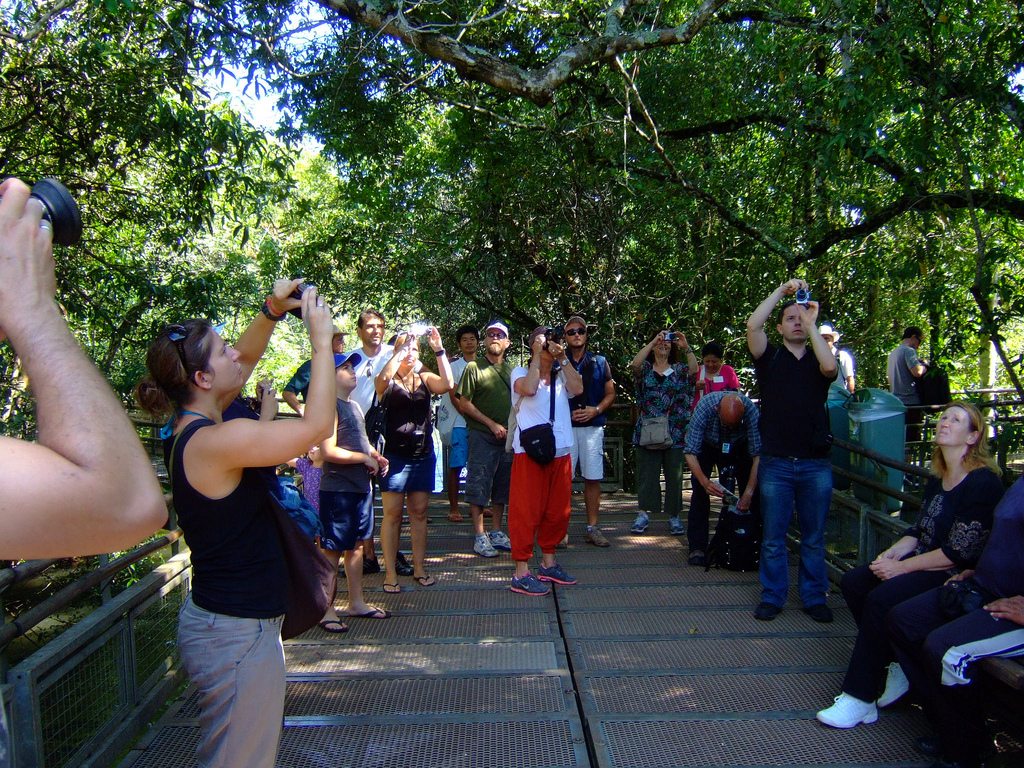Nearly Half of UNESCO Sites Don't Have Plans to Manage Overtourism Challenges

Skift Take
UNESCO sites -- of all places -- should be the destinations taking leadership roles in tourism management planning as they're often the first place many tourists think about when deciding what to do on a trip. But data show that's far from reality for a variety of political and economic reasons.
Exploring natural UNESCO World Heritage Sites such as Australia's Great Barrier Reef or Yellowstone National Park in the United States is a top reason why many travelers choose to visit destinations, as unique sites like these collectively receive tens of millions of visitors each year.
A recent study, however, found that many of these sites don't have a tourism management plan in place and aren't doing enough to prevent negative impacts from mass tourism.
Some 105 sites (46 percent) of the 229 natural UNESCO sites, many of which are national parks or wildlife reserves, for example, have no active tourism management plan, according to researchers at Griffith University in Queensland, Australia who were commissioned by UNESCO to analyze the level of tourism planning across the world's natural UNESCO sites.
Tourism management plans outline sustainable tourism development goals such as monitoring the number of visitor arrivals and identifying specific areas zoned for tourists that are the foundation of the UNESCO organization. But only 11 of these natural UNESCO sites have a dedicated tourism management plan that isn't integrated with a larger management plan for the site.
Including tourism planning as one of many parts in a larger management plan is more common than dedicated tourism plans for UNESCO sites. Some 84 sites include tourism planning as part of their overall management plan but don't have a dedicated strategy specifically for tourism.
China, for example, has 12 natural UNESCO sites but only nine have extensive tourism management plans. "In terms of years since listing, newer or more recently inscribed World Heritage sites were more likely to have extensive planning or at least moderate tourism pla
